Xingyu Dai
Where do you live: London, United Kingdom
Your education: MA in Directing, Met Film School
Describe your art in three words: Subtle, Contrast, Reflective
Your discipline: Fine Art Photography
Your work often explores the unspoken and the subtle. What first drew you to this quiet language of photography?
I have always been interested in the small, often overlooked moments. I tend to avoid the noisy and obvious subjects. Paying attention to things that are often overlooked, and letting viewers pause with them undisturbed, feels to me like the best way to guide them back to their own memories.
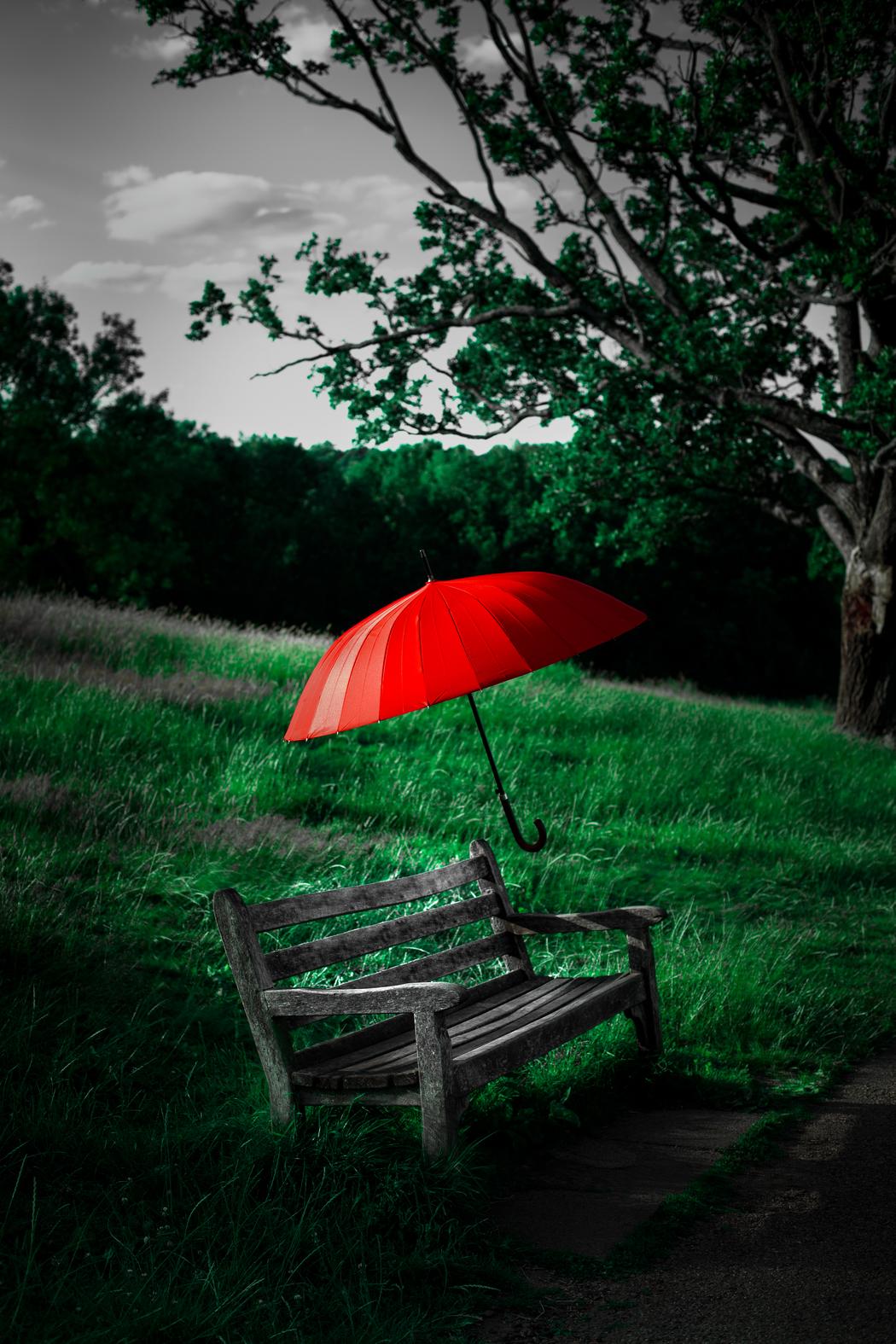
In your current series, the red umbrella becomes a central symbol. Why did you choose an umbrella, and what does the color red signify for you?
An umbrella is usually associated with people. When it stands alone, it feels like a trace left behind by someone who was once there. Red is bold and striking, but it is more than just a symbol of strength. It can represent warmth, love, danger, or loss. This mixture of emotions is exactly what I wanted to convey.
You describe the umbrella as a “visual tombstone.” How did this idea evolve during your creative process?
It was simply a mark of absence at the beginning. But as I photographed it in different settings, I suddenly thought of it like an old gravestone that remains in place while tall buildings rise around it. It became more of a witness. The term “visual tombstone” fits well, because it is quiet yet carries weight.
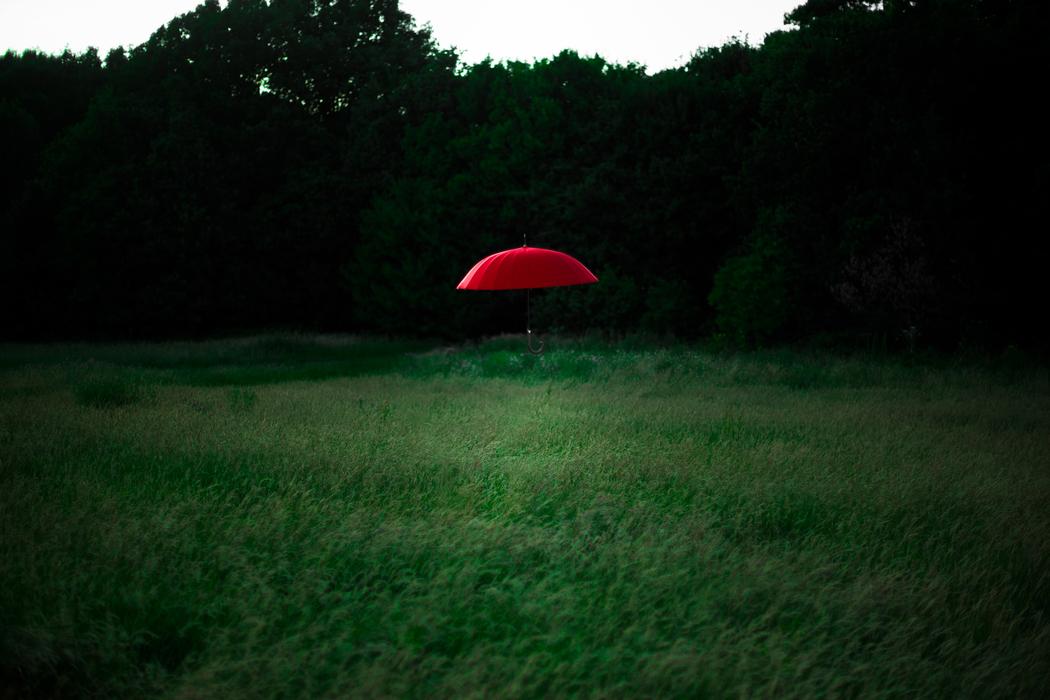
The settings in your images—fields, benches, forests—feel both ordinary and charged with emotion. How do you select your locations?
I looked for places that are simple enough to feel familiar, yet open enough to carry various emotions. The scenes I choose exist in many people’s memories, and I hope to create a dialogue with the viewers’ own recollections.
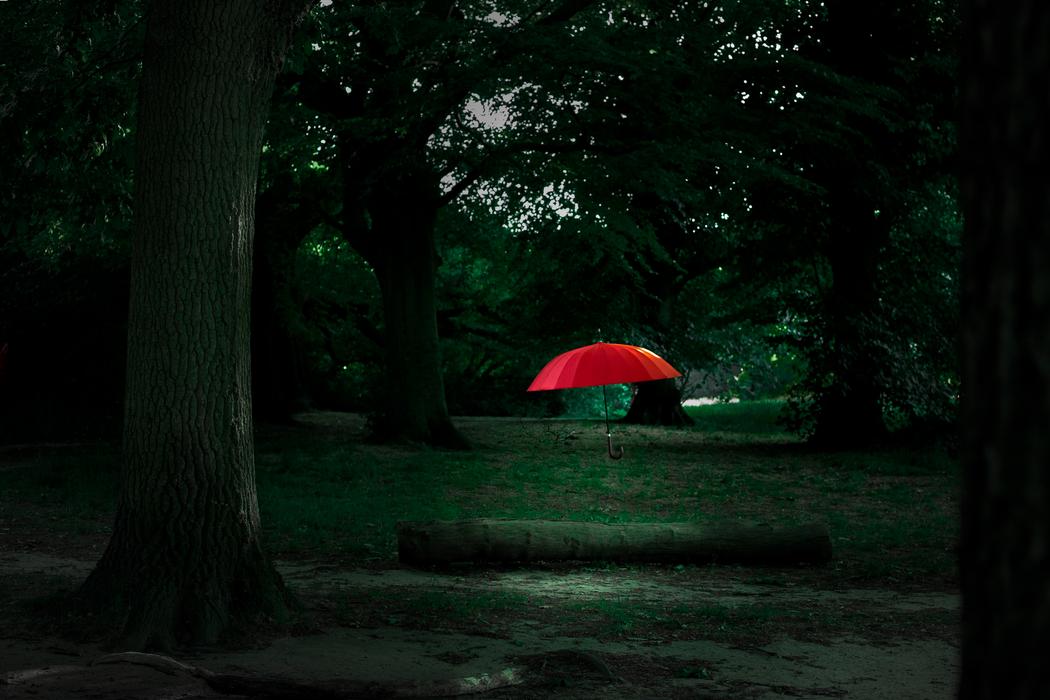
Your photographs suggest absence and presence simultaneously. Do you think photography is uniquely suited to explore such contradictions?
Yes. A photograph can capture a moment of “presence” while also pointing to “absence.” It freezes a moment, yet leaves space for imagination and memory to fill in the gaps, letting the viewer complete the picture. That tension is what makes photography so compelling.

How do memory and emotional residue influence your artistic process? Are there personal memories tied to this series?
I often recall past memories, not triggered by the night, but by moments that align with the past. For example, returning to my childhood home, hearing a familiar song, or smelling a known scent – these moments create a subtle tension between change and continuity. I am fascinated by it, and I try to capture that in this series.
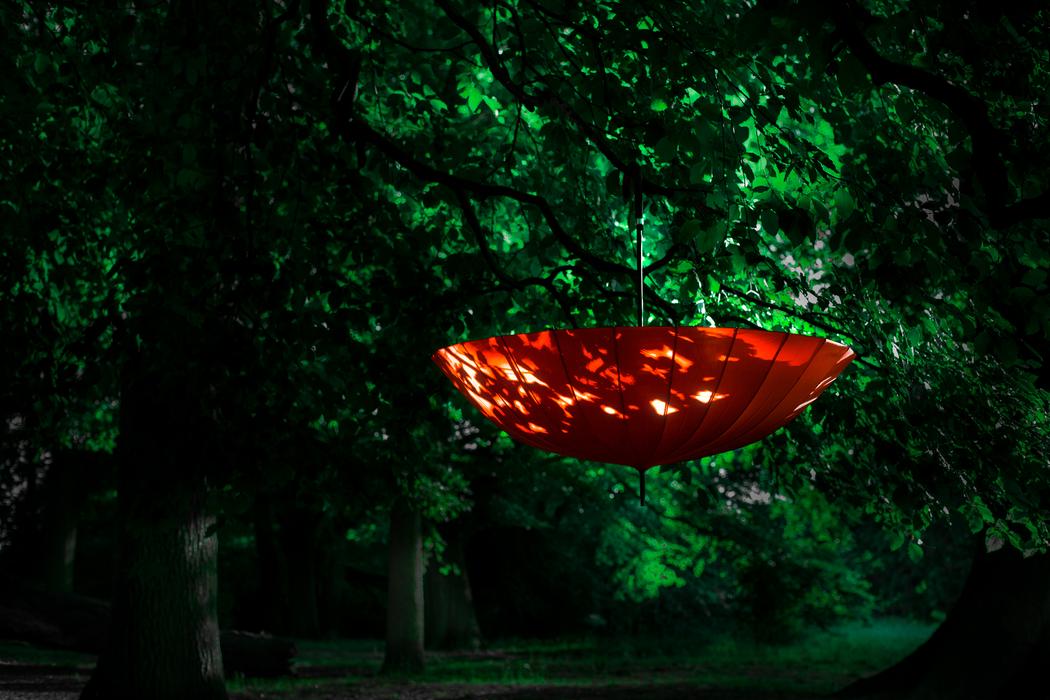
There’s a strong sense of stillness and contemplation in your work. How do you create this atmosphere technically and emotionally?
Technically, I chose pure forest as the environment, filling the frame with only green and red, avoiding distraction from other colours. Emotionally, I took my time with each scene, letting each moment settle before I shot. I believe stillness comes from the state of the photographer. If you move slowly, the scene often carries the same calm.

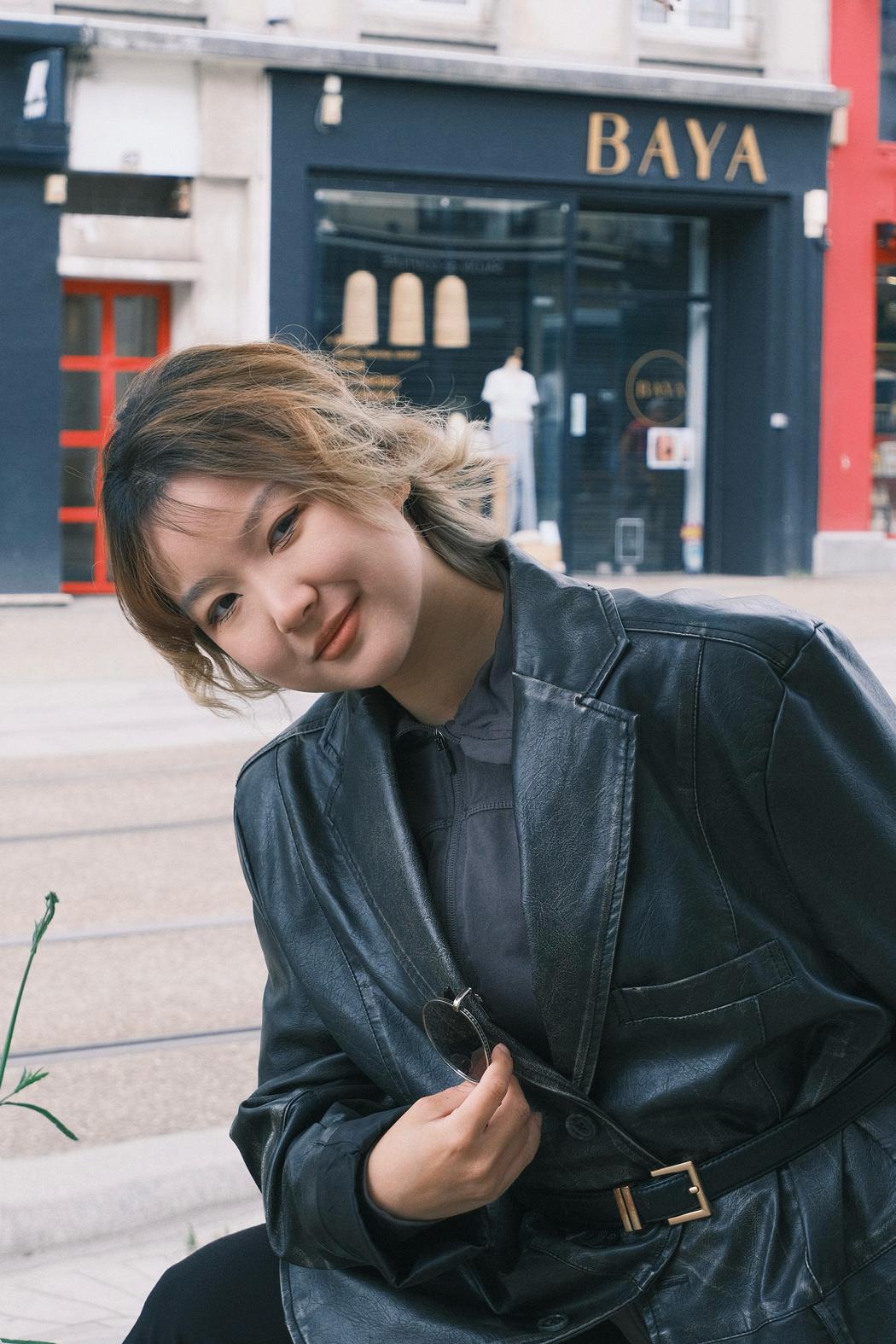
Leave a Reply